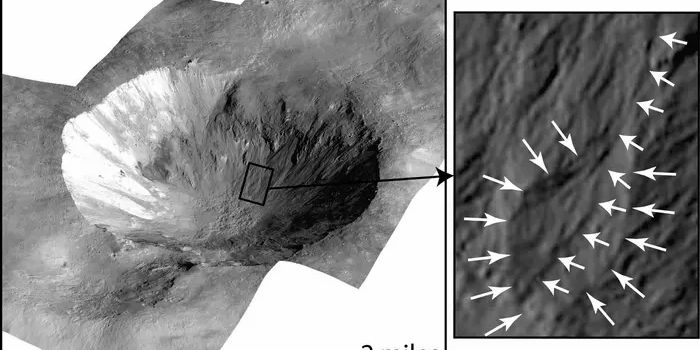Earth-i Plans to Launch Waves of HD Earth Surveillance Satellites
At time progresses, the technology packed into our satellites is doing nothing but getting better, among the things getting better is photo and video surveillance technology.
A firm dubbed Earth-i intends to launch a constellation of satellites into space in coming years that will enable live space-based recording and surveillance of things happening on Earth’s surface. It will reportedly be capable of identifying objects as small as one meter in length and in full color as they move in real-time.
Image Credit: 21AT / Earth-i Ltd via BBC
At this level of clarity, perhaps the term "high definition" is an understatement.
While Google Maps can give you similar image resolutions, the images are certainly not live shots of the world, and there’s no live video feed as Earth-i intends to achieve. This is what Earth-i wants to pioneer, and hopes that firms might be willing to pay for such high-quality live information about what’s going on around the world.
Related: Check out these awesome Earth images taken by the GOES-16 satellite
Such technology might be useful for law enforcement, military, or government use. On the other hand, it also has the potential to fall into the wrong hands and become a problematic stalker’s dream tool; imagine just driving down the road and minding your own business while some creep on their computer watches your car move down the highway in real time.
"There is an almost insatiable demand for data from space as people are realising its true value to both their planning and daily operations," Josef Aschbacher, director of Earth observation at the European Space Agency explains.
"Higher resolution image data from commercial organisations is likely to be very valuable either in its own right or when used in conjunction with other data sources including medium-resolution image data such as that provided under the European Copernicus Programme."
A first-generation satellite already exists in space today, as it launched in 2015. Nevertheless, as a first in a series, it wasn't without its quirks. The company took what it learned from the first-generation satellite to greatly improve its second-generation lineup.
The first second-generation Earth-i satellite prototype is expected to launch later in 2017, while bursts of five satellites at a time will continue to launch into space in coming years to support the constellation. The firm plans to launch them in waves so they have surveillance of various parts of the world at all times of the day.
Without a shadow of a doubt, space imaging is getting far more advanced and it’s only a matter of time before we’ll be able to improve our space optics well enough to see even smaller objects from an orbital altitude.
Related: NASA to decommission the legendary Earth-Observing 1 satellite
On the other hand, when do we say ‘enough is enough’ and begin to respect the privacy of those around us? That’s a question we must ask ourselves as we continue to develop these new advanced surveillance technologies.
Source: Daily Mail via BBC









